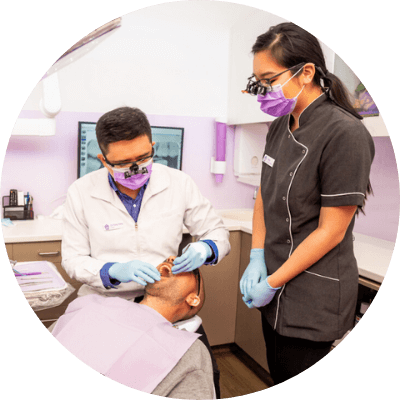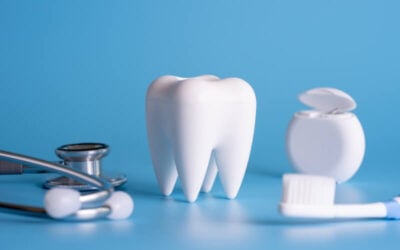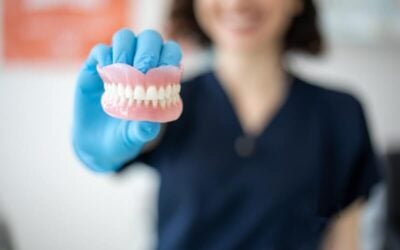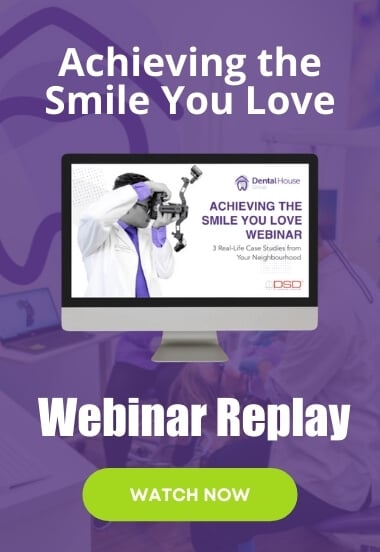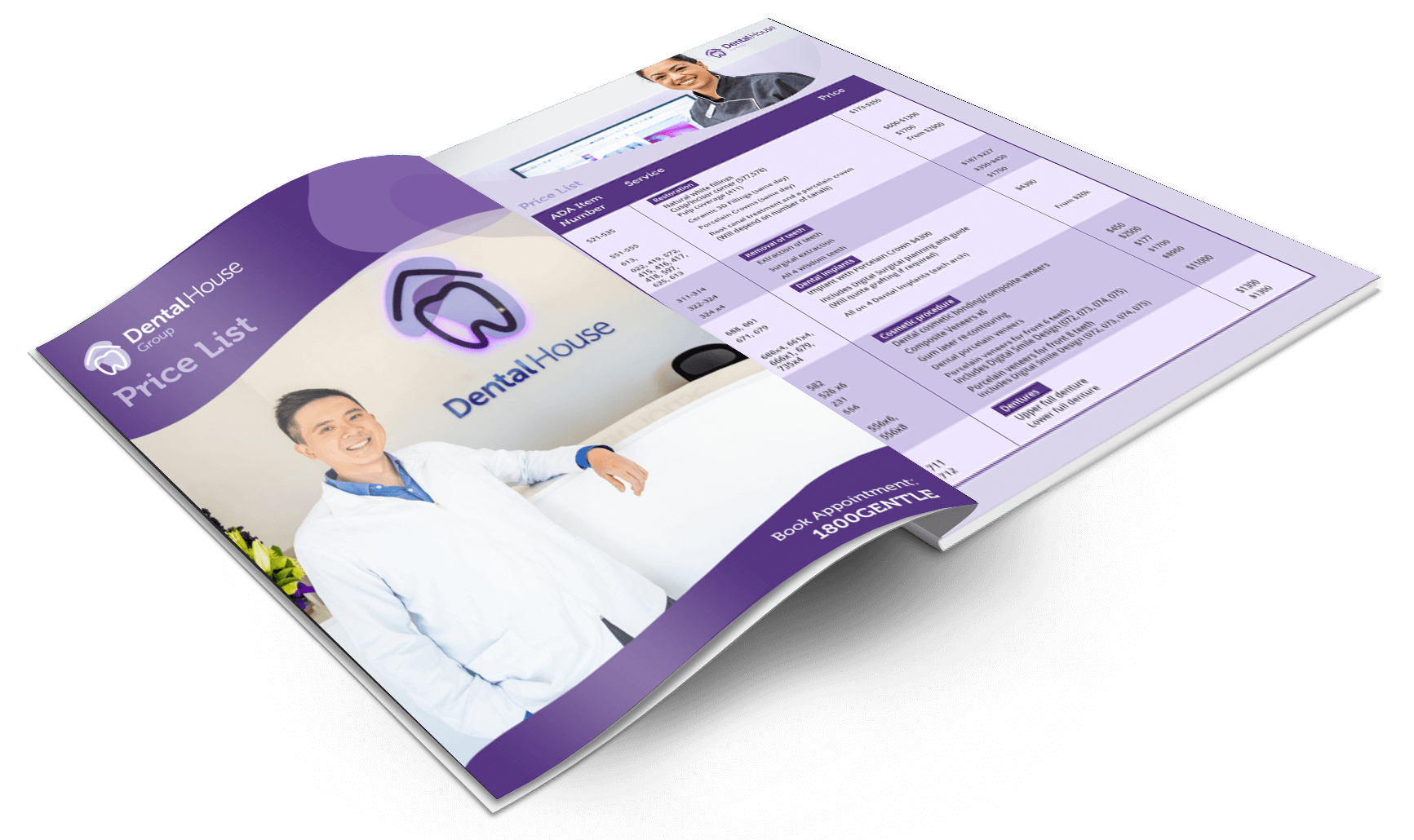Gingivitis: Are There Home Remedies For It?
Gingivitis: Are There Home Remedies For It?

Ayurveda, a branch of the Vedic Science that literally means ‘the science of life’ is a traditional Indian healing system practiced for more than five thousand years. Great emphasis is placed on prevention, and is often referred to as the ‘Mother of All Healing’. Ayurveda encourages health through balance: in thinking, diet, lifestyle and herbs.
Triphala (‘three fruits’) is considered a polyherbal medicine, popular because of the Ayurvedic belief that combining synergistic herbs results in increased therapeutic effects and benefits on the three types of body energy, or doshas. Practitioners believe that healing and balancing the three doshas achieves optimal health and the ingredients in triphala support all three.
Its combination of three native plants to the Indian continent – belleric myrobalan, black myrobalan and Indian gooseberry – is antioxidant, antibacterial and anti-inflammatory. It’s loaded with flavonoids, polyphenols, tannins and saponins that neutralise the oxidative stress of free radicals – the cause of chronic disease.
Individually, Indian gooseberry, or amla is rich in vitamin C, which is essential for gum health. The raw or dried peel of black myrobalan is good for painful or bleeding gums and mouth ulcers. The antibacterial properties of belleric myrobalan are also useful in the treatment of colds, coughs and asthma.
Recent clinical trials indicate that rinsing the mouth with triphala is as effective as chlorhexidine mouthwash – the standard dentist prescription in the treatment of gingivitis. Numerous scientific investigations suggest that therapeutic benefits of the triphala preparation is its ability to combat some drug resistant bacteria. The amounts of sorbitol and menthol present in triphala stop the growth of certain Candida fungal species in the mouth.
However it’s not suitable for people suffering hypotension, because it can lower blood pressure.
In the last few decades, several alternative methods have been studied in the determination of reliable, effective and simple options in the reduction of plaque formation, and therefore gingivitis.

Certainly, good oral hygiene supports and maintains a healthy oral environment, but it is now believed that the fundamentals of that should not be limited to brushing and flossing. There is strong recommendation that a coadjutant, such as oil pulling is highly advantageous.
A study of sixty patients affected by plaque-induced gingivitis showed significant decreases in plaque and the gingival index after coconut oil pulling therapy. Participants performed the 20-minute process early in the morning before eating, together with their daily brushing and flossing routine.
They were evaluated after 4 hours and the gingival index measured on days 1, 7, 15, and 30.
From day 7 there was substantial and continuous decrease in the indexes – which were considerably reduced by day 30 of the treatment: a 50% drop in the indexes, compared with chlorhexidine mouthwash.
Interestingly, the efficacy of coconut oil and chlorhexidine against Streptococcus mutans are equal; again demonstrating the useful inclusion of this oil therapy – particularly as a verified, acceptable alternative for patients susceptible or sensitive to this chemical and its side effects.
Several other studies point to the potential of cloves in the prevention of plaque and reduced inflammation. Again, it’s because of antiviral and antioxidant properties – present in cloves. Pain relief is also part of their effectiveness; something that’s been used and appreciated in dental situations for centuries.
More anti-inflammatory, antimicrobial and anti-fungal components are found in turmeric gel.
In most cases proper use of any of these home remedies will improve gingivitis after a few days of treatment, with no sign of symptoms within 14-30 days depending on severity. Obviously there is no point not seeing your dentist if there appears to be insufficient healing happening, or there is an increase in symptoms. Sometimes it’s not the treatment that fails but the technique; sometimes it’s an initial self-misdiagnosis.
Your dentist is there to help, not hinder; regardless of the deepening interest and investigation of properties, dynamics, mechanisms, and effectiveness of alternate treatments and therapies.
Note: All content and media on the Bacchus Marsh Dental House website and social media channels are created and published online for informational purposes only. It is not intended to be a substitute for professional medical advice and should not be relied on as health or personal advice.
Services we mentioned:
Related Articles
A Hydrogel For Jawbone Loss: Dental Rejuvenation
One of the most prevalent dental issues in the world is periodontal disease. Statistically, more than 30% of adults suffer from it. What generally starts with the inflamed and bleeding gums of gingivitis, if left untreated, progresses to not only damage supporting gum...
The ADA Pushes For Better Oral Care
Dr Stephen Liew, the Australian Dental Association (ADA) president is coming out firing in the push for better oral care for Australians…
In 2024: What Your Dentist Would Really Like You To Do Differently
Happy New Year Everyone! May you make 2024 your happiest dental year ever. Here’s what your dentist would like you to do differently…
Foods And Supplements That Help Slow or Prevent Gum Disease
Are there really foods and supplements that help slow or prevent gum disease? Dentists will point toward those foods to be avoided…


